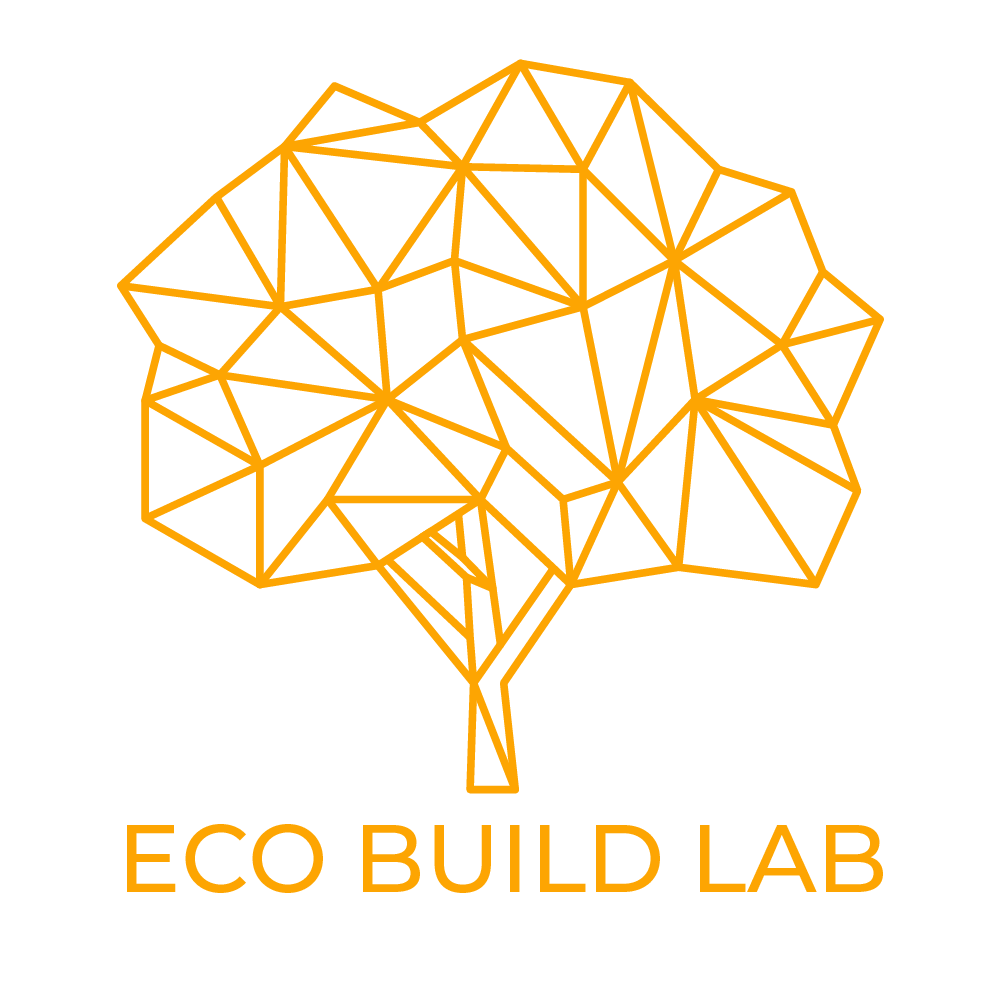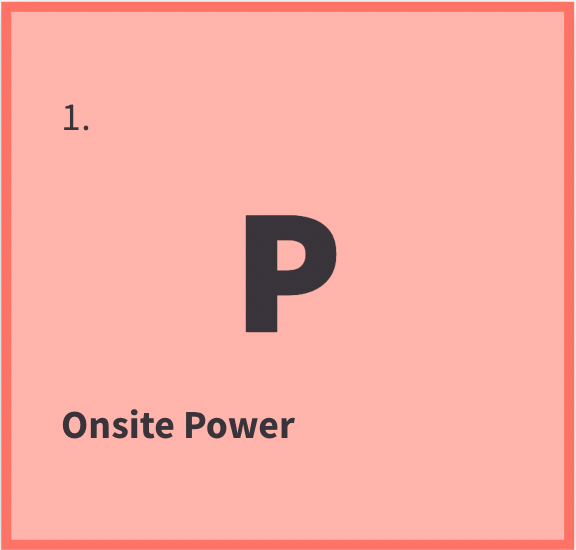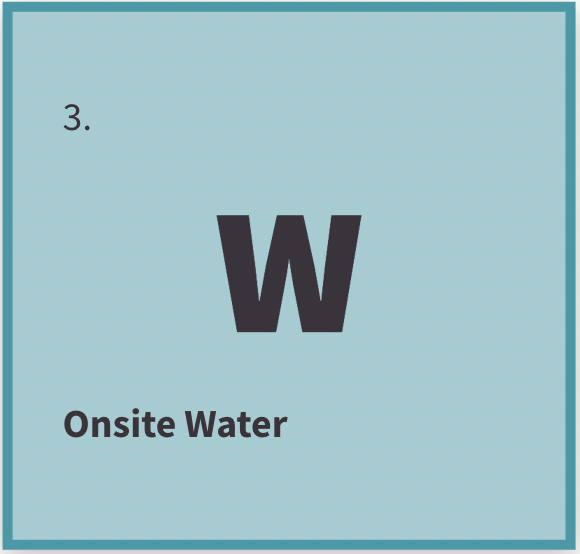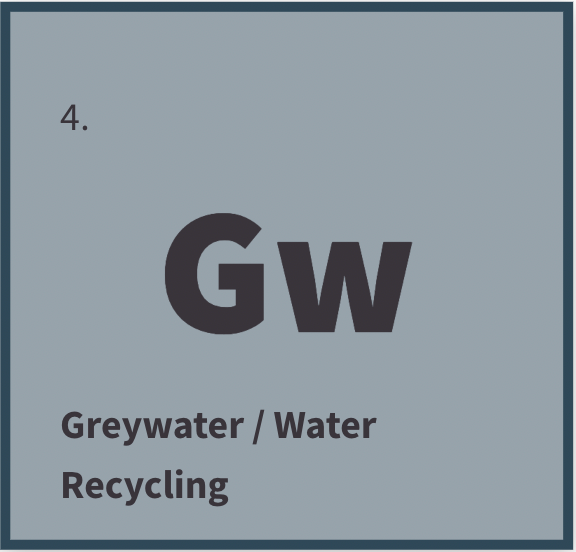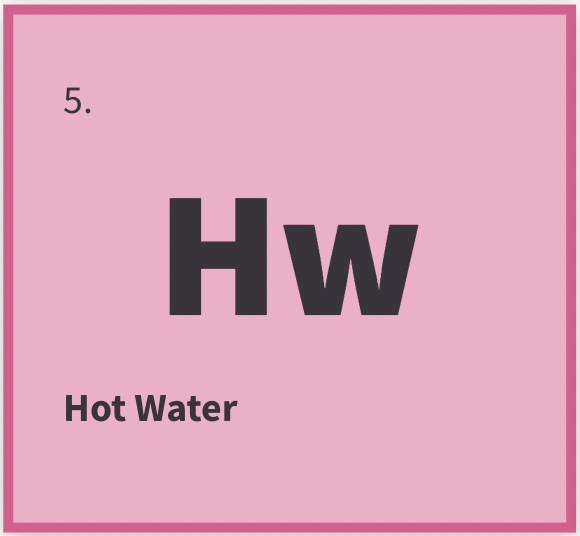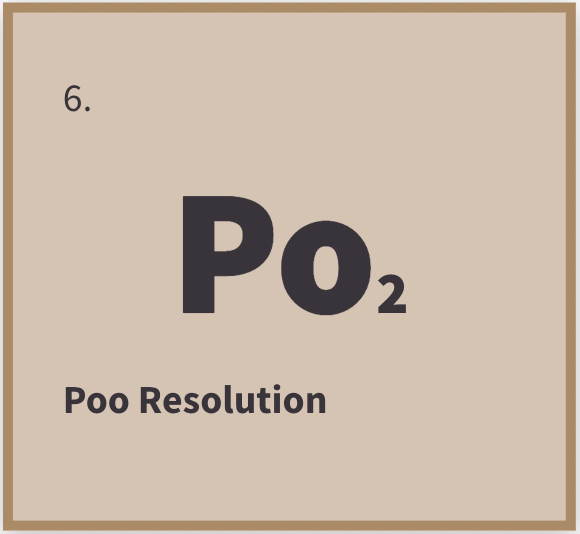2.
Sh
Comfortable shelter
comfortable shelter
The most fundamental element you need for off-grid living is a comfortable shelter that is not connected to the grid for temperature control. To achieve this requires a building envelope, a design, and a site that will allow for passive heating and cooling. You need a building that will protect you from rain, snow, bugs, critters, and maintain a stable temperature without any additional energy from grid electricity, natural gas, or heating oil.
How comfortable shelter works on-grid:
How comfortable shelter works
off-the-grid:
Buildings that heat and cool themselves naturally harness physics, not fuel. They utilize different wall systems in different climates to enhance performance. They are strategic with the size and placement of windows, the height of ceilings, the size and shape of rooms. They do not ignore their surroundings, rather they embrace them. The choice of materials is important and there are options that provide thermal mass, insulation, or both. Many of the materials for off-grid shelter are natural and have additional health benefits.
When you shelter yourself off-the-grid you have a whole host of considerations because you are asking your building to do the work of maintaining a comfortable temperature. Things to consider include the local climate, winter lows, summer highs, number of sun days. The site itself and its relation to the sun, does the site face the sun, are there trees or other obstructions blocking the sun? Is there a way to position the building on the site to maximize its solar exposure? Is it possible to use the natural temperature of the earth to help stabilize the temperature inside your shelter?
If you build a comfortable shelter that heats and cools itself naturally, you do not have to worry about utility bills or the grid going down. You will never freeze or boil. And, BONUS, you never have to listen to the constant on/off of a heating or cooling system!
How comfortable shelter relates to the other Elements of an Off-Grid Home:
If you are harvesting water off your roof it will affect the design of your shelter, not just with your choice of roofing material, but also the slope and orientation of the roof. The size of your roof will help determine how much water you can collect. In some arid regions you may want to expand your collection surface area with covered walkways and patios as well as carports and garages.
If you choose any type of solar hot water heating system you’ll need the correct orientation to place the panels on your roof or near your building on the ground. If you choose a heater with an integral storage tank, you’ll need to make sure that your roof structure can carry the weight, water is heavy!
You’ll want to allow space (with the proper orientation and location) outside your house to place your septic tank, blackwater cell, leach field, wetlands, or your humanure composting system. You’ll want to design source separation into your plumbing plan so you have access to greywater if you need it to flush with.
Living in a home that heats and cools itself naturally, just feels different. More stable, some have even likened it to the house giving you a big hug. You learn to operate the home in ways that optimize its thermal performance: opening and closing thermal shades at the right times of day and year, operating vents, skylights and cooling tubes for ventilation, not carelessly leaving doors open as day turns to night (or vice versa in hot climates). It becomes an automatic part of daily living that you do with mindfulness and joy, not drudgery. And…you don’t have a heating or air conditioning bill each month!

